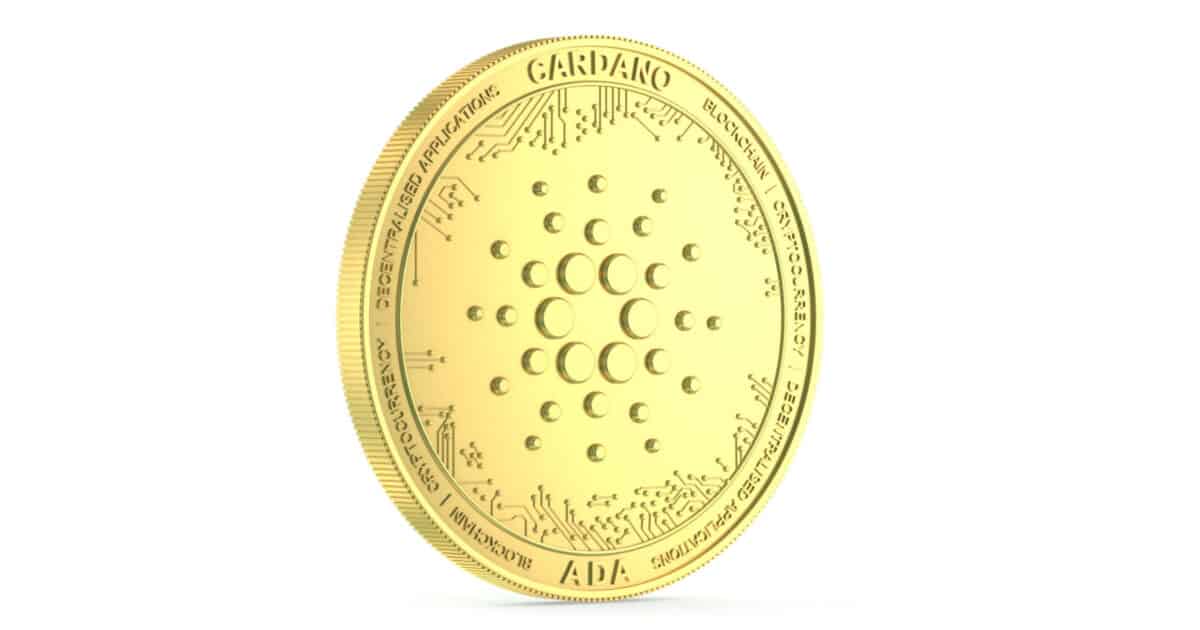Quick Look
- Cardano = blockchain, a type of computer system.
- ADA = the native Cardano cryptocurrency.
- Wallet = stores Cardano Tokens and NFTs.
- Tokens = cryptocurrency.
- NFTs = digital collectibles.
Cardano is a type of computer system called a “blockchain” that keeps track of information securely and without the need for a central authority. It is designed to be very safe and efficient, which is one of the reasons it is so popular.
The Cardano blockchain has its own digital currency called “ADA” that can be used to buy things or just held onto like a digital version of money. Other digital currencies called “Tokens” also live on the Cardano blockchain and are created and managed by various project developers.
Think of it like a digital bank that’s very hard to hack and has its own special money you can use to buy stuff.
Table of Contents
What Is Cardano?
Cardano is a decentralized blockchain platform that uses the proof-of-stake consensus mechanism to validate transactions and create new blocks. It was founded by Charles Hoskinson, one of the co-founders of Ethereum, in 2015.
The Cardano platform is designed to be a more secure and sustainable alternative to other blockchain networks. It uses a multi-layered architecture that separates the ledger (which tracks the movement of ADA, the platform’s native cryptocurrency) from the computational layer (which runs smart contracts and other decentralized applications).
Cardano’s approach to blockchain technology is based on scientific research and academic peer review. Its development is driven by the Cardano Foundation, IOHK, and Emurgo, which are all committed to advancing the platform’s capabilities and fostering its growth.
Some of the key features of Cardano include:
- Ouroboros: a proof-of-stake consensus mechanism that is more energy-efficient than proof-of-work systems
- Multi-layered architecture: a design that separates the ledger and computational layers to enhance security and scalability
- Smart contract functionality: the ability to create decentralized applications (dapps) on the Cardano platform
- Native cryptocurrency: ADA, which can be used for transactions and staking on the Cardano network.
Overall, Cardano is a promising blockchain platform that offers a number of advantages over other networks. Its focus on scientific rigor, security, and sustainability make it an attractive option for developers and users alike.
What Is ADA Cryptocurrency?
ADA is the native cryptocurrency of the Cardano blockchain platform. It is named after Ada Lovelace, a 19th century mathematician who is credited with writing the world’s first computer program.
Like other cryptocurrencies, ADA is a digital asset that can be used to store and transfer value. It is also used as a means of payment for goods and services on the Cardano network.
One of the unique features of ADA is its use in the proof-of-stake consensus mechanism of the Cardano network. In this system, ADA holders can participate in the network by “staking” their ADA to help validate transactions and create new blocks. In return for staking, they receive rewards in the form of additional ADA.
ADA is also used to pay transaction fees on the Cardano network. These fees are used to incentivize network participants to process transactions and maintain the integrity of the blockchain.
Overall, ADA is an important part of the Cardano ecosystem, serving as both a means of exchange and a tool for network participation and governance. Its value is determined by market demand and supply, as well as by factors such as adoption, network usage, and investor sentiment.
Source
Cardano: Website
